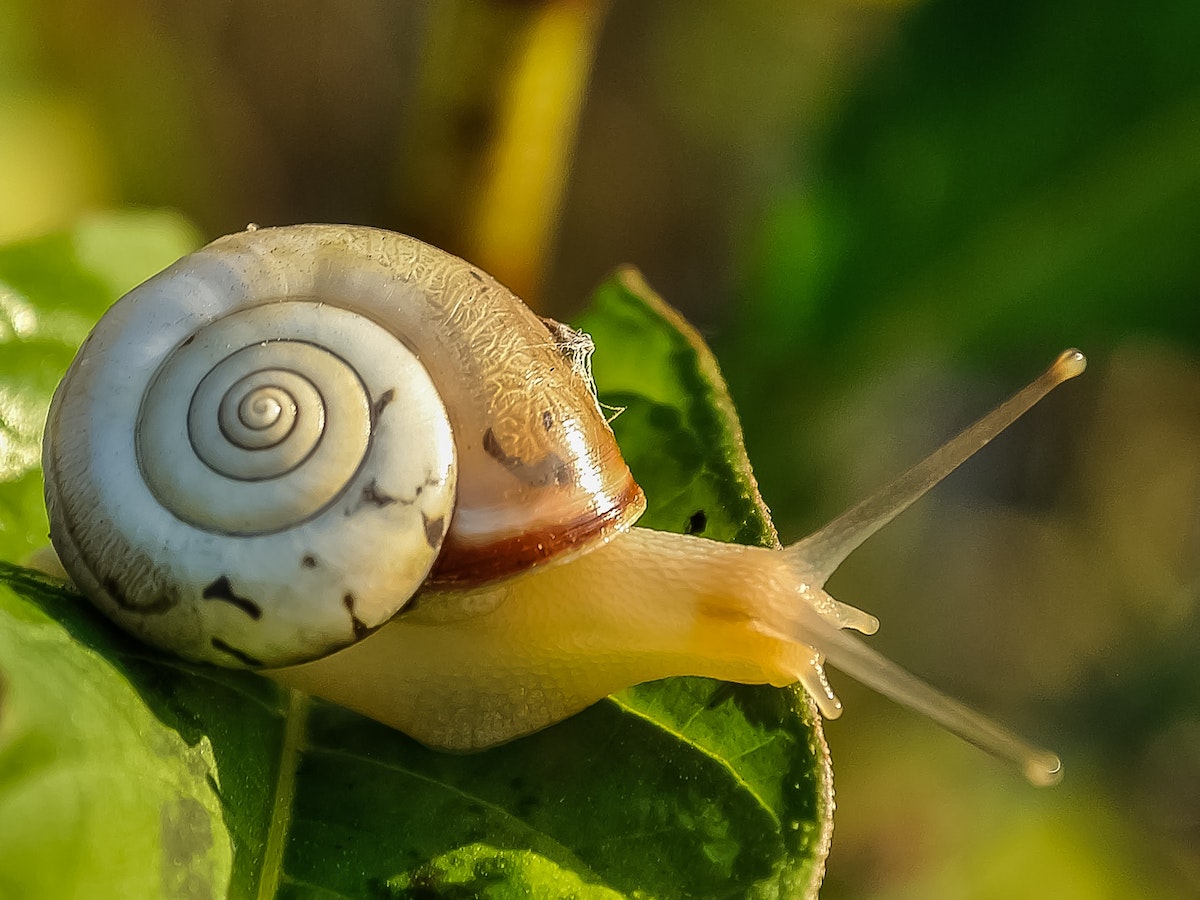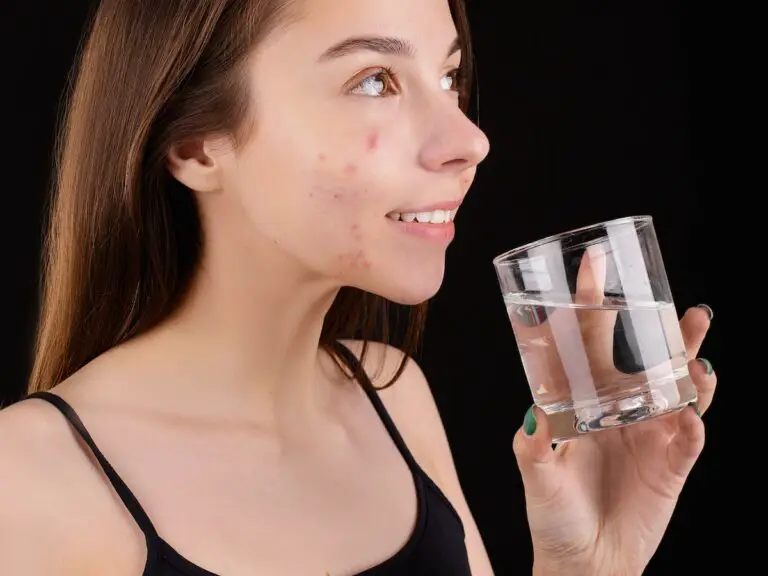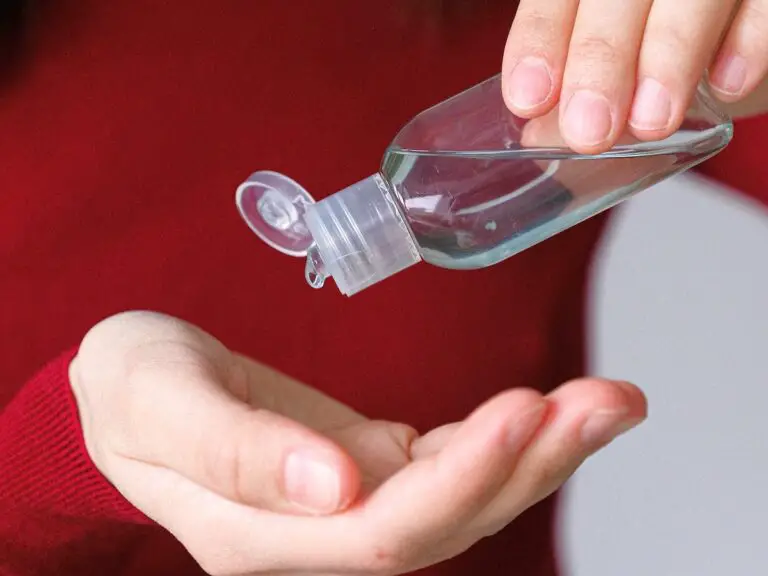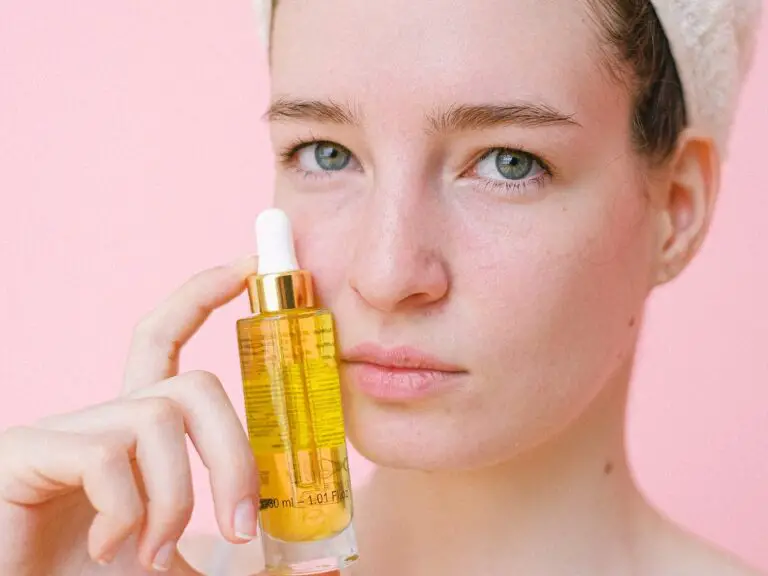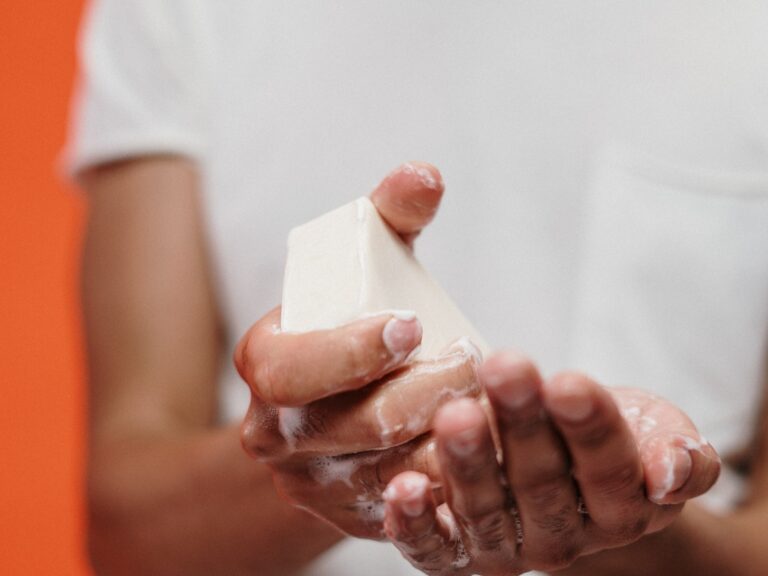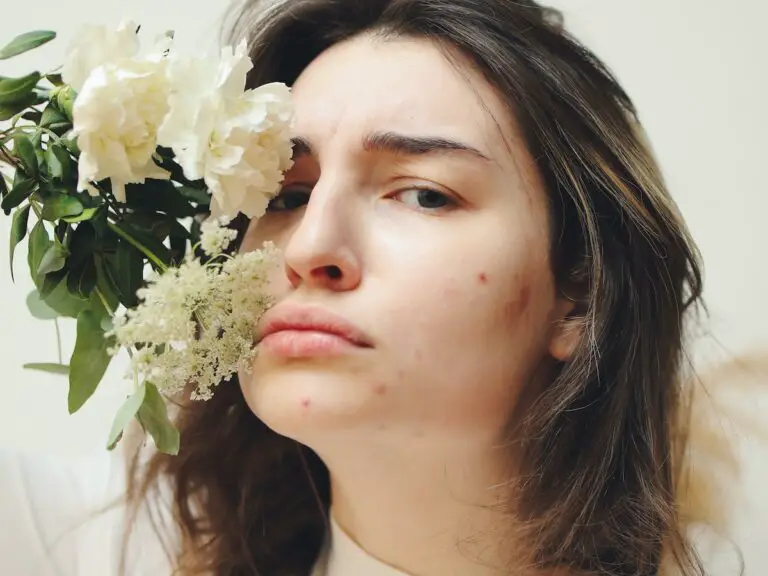The Truth About Snail Mucin: Can it Cause Acne?
Find out the truth about snail mucus, the beauty trend that has taken the world by storm. Snail mucus products have gained a cult following because of claims that they can do amazing things for your skin, like keep it hydrated, make it brighter, and slow down the aging process.
Despite all the talk, one question remains: can snail slime cause Acne?
In this piece, we look at snail mucin scientifically and talk about how it might help acne-prone skin. We look at the main things in snail mucin, like glycoproteins and hyaluronic acid, and how they affect the face. By looking at the latest research and expert opinions, we hope to tell the truth from the lies and give you a full picture of whether snail mucin is good or bad for people with Acne.
So, if you’ve ever wanted to know the truth about snail mucin and how it affects Acne, keep reading to find out what’s happening.
Table of Contents
Understanding the Benefits of Snail Mucin
Snail mucin has become very popular in the skincare business because of all the ways it is said to help the skin. One of the best things about snail mucin is that it is a great moisturizer. It has a mix of glycoproteins, hyaluronic acid, and other hydrating factors that help lock in moisture and improve the skin’s natural barrier function. This can lead to skin that is fuller, smoother, and more flexible.
Also, snail mucus is known to have antioxidants, which can help fight free radicals and protect the skin from damage caused by the environment. These vitamins can also slow aging by boosting collagen production and making fine lines and wrinkles less noticeable.
Furthermore, snail mucin has been said to make the skin brighter, which can help get rid of dark spots and make the skin tone more even. Overall, snail mucus has a lot of uses that make it a very popular ingredient in skin care products.

Debunking the Myth: Does Snail Mucin Cause Acne?
Even though snail mucin is said to have many benefits, there have been worries that it could cause Acne. Some worry that snail mucin’s sticky texture could block pores and cause Acne. But the scientific study points to the opposite being true.
Snail mucin is thin, so the skin can easily absorb it without leaving behind a sticky or blocking film. It has been found that snail mucin has anti-inflammatory qualities that can help to calm and soothe skin that is prone to Acne.
Also, the glycoproteins in snail mucin have been shown to help wounds heal and make acne scars look less noticeable. Even though everyone’s experiences differ, most people who use snail mucin say that it doesn’t worsen their Acne and can even help their skin in general.
The Science Behind Snail Mucin and Acne
To figure out what snail mucus has to do with Acne, it’s important to look at the science behind it. Acne is a complicated skin disease that can be caused by things like too much sebum, clogged pores, inflammation, and the presence of certain bacteria. Snail mucin has important parts that can help with some of these problems. For example, hyaluronic acid, found in snail mucus, helps control sebum production. This keeps the skin from getting too oily, which can lead to Acne.
Also, snail mucin has natural enzymes that can help remove dead skin cells and clear pores, making Acne less likely to happen. Snail mucin can also help calm the skin and reduce redness caused by Acne because it has anti-inflammatory qualities. Even though snail mucin may not directly kill the bacteria that cause Acne, its effects on the skin can help make the skin healthier and reduce acne breakouts.
Factors That Contribute to Acne Development
Even though snail mucin may help acne-prone skin, it’s important to remember that a number of different things cause Acne. Hormonal imbalances, genetic predisposition, diet, stress, and some medicines can cause Acne.
So, taking a whole-person approach to skincare and dealing with these underlying causes while also using snail mucin products is important. Taking care of Acne and getting clearer skin can be helped by living a healthy lifestyle, eating a balanced diet, reducing stress, and seeing a doctor. Snail mucus can be a useful part of your skincare routine, but it shouldn’t be the only thing you use to treat Acne.

How to Incorporate Snail Mucin into Your Skincare Routine
If you want to try snail mucin products, it’s important to know how to add them to your makeup routine in the best way. Start slowly with snail mucin, especially if your skin is sensitive or prone to Acne. Start with a patch test to ensure the product won’t make you sick.
After you clean and tone your face, you can use snail mucin products if everything goes well. Pat a small amount onto your face and neck and wait for it to fully soak before using other skincare products. You can use snail mucin in the morning or evening, based on what works best for you.
Regarding skincare, it’s important to remember that regularity is key, so give snail mucin enough time to work its magic before you expect to see results.
Recommendations for Snail Mucin Products
Since snail mucin is becoming more and more famous, there are now a lot of products on the market that contain it. When looking for snail mucin products, it’s important to choose well-known names with quality and know what’s in them first. Look for products with a high amount of snail mucin and a few other ingredients that may irritate skin that is already sensitive.
Also, consider how the product feels and what it is made of to ensure it fits your tastes. Snail essence, creams, serums, and sheet masks are some of the most famous snail mucin products. Before you buy something, it’s always a good idea to read reviews and get suggestions from people you trust.
Testimonials and Success Stories
Checking out reviews and success stories from people who have used snail mucin products can help you learn more about how well they work for acne-prone skin. Many people interested in skincare, blog about it share their experiences online and give helpful comments about the benefits they have seen.
Even though everyone’s skin is different and may respond to different products differently, reading testimonials can give you a general idea of what you might expect. Pay attention to people with the same skin type and problems as you to learn how snail mucin might work for you.

Precautions and Potential Side Effects of Snail Mucin
Even though snail mucin is usually considered safe for most people, it’s important to know about possible precautions and side effects. Even though it is rare, snail mucin can cause some allergic responses like redness, itching, or swelling. If you know you’re allergic to shellfish, you should be careful when using snail mucin items, which may cause a similar reaction.
Also, you should always test a new product on a small area of your skin before adding it to your normal skincare routine. If you have any bad reactions, stop using them immediately and talk to a medical expert.
Remember that beauty is very personal, and what works for one person might not work for another. Pay attention to your skin and make changes as needed.
Conclusion
Snail mucin is unlikely to cause Acne. Snail mucin has many benefits for the skin, such as hydrating, brightening, and slowing down the signs of age. Even though it may not be a straight cure for Acne, it can help your skin look better overall and reduce the number and severity of acne breakouts. The key is to take a holistic approach to skincare, which means treating the underlying causes of Acne and using snail mucin products as part of a full routine. Choose well-known names, test new products on a small skin area first, and consider your skin needs. With the right method, snail mucin can be a useful part of your skincare routine and help you get the clear, glowing skin you want.
So, if you’ve been afraid to try snail mucin products because you’re worried about getting Acne, it’s time to put those worries away and enjoy the benefits of snail mucin. Give this unique ingredient a chance to work its magic on your skin, and you’ll see how it can improve your skin. Don’t be scared off by the slime; snail mucin could be the key to your best skin yet.
FAQs
Snail mucin is usually well accepted, but some people can get pimples or bumps on their faces from it. This could be because the person is sensitive or because of certain ingredients in the product. It’s best to do a patch test and use snail mucin products gradually so you can watch for any bad responses and stop using them if the skin problems don’t go away.
Most people don’t have any problems with snail mucus, but it can irritate some people. This could be because the person is sensitive or because of certain ingredients in the product. It is best to do a patch test and slowly add snail mucin products to see if there are any bad responses. If irritation happens, stop using it and talk to a dermatologist for more specific advice.
Snail mucin is a popular ingredient in skincare, and dermatologists often suggest it because it moisturizes and calms the skin. However, individual responses may vary, and it’s advisable to speak with a dermatologist to determine if snail mucin suits your particular skin concerns and needs. They can give you advice based on your skin type, health, and any allergies or sensitivities you might have.
Snail mucin can be used during either the day or the night. It’s best to use it after you’ve cleansed and toned your face but before any other moisturizers or serums. However, one must consider individual preferences and the skin’s reaction. Because of its moisturizing and repairing properties, some people may find it most convenient to use at night, while others may find it works just as well throughout the day. Experimenting with different application times can help determine the best approach for your skin.
Refrigerating snail mucin is not required but can provide a cooling sensation when applied to the skin, which may be soothing. But it’s important to remember that putting the product in the fridge may change its structure and consistency. If you want a more refreshing taste, you can put it in the fridge, but check the product directions or ask the brand if there are any special storage tips.
Disclaimer: This article is for educational purposes only, and does not substitute any direct medical advice. Always consult a qualified healthcare professional for personalized advice before trying new treatments or medications.

General Physician
Senior Medical Writer
